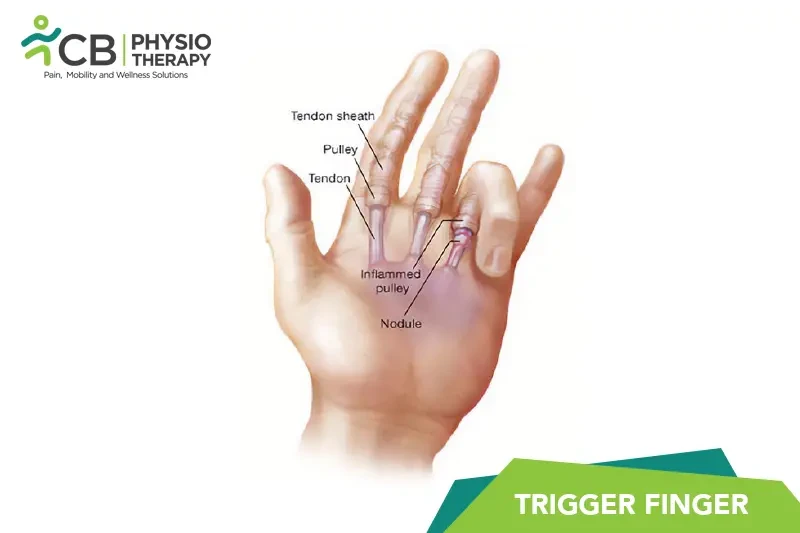Splinting: Custom splints or orthotic devices may be used to immobilize the affected finger in a neutral or extended position, particularly during periods of rest or sleep. Splinting can help reduce inflammation, prevent triggering, and promote proper alignment of the finger and tendon sheath. Physiotherapists can provide guidance on proper splinting techniques and monitor progress throughout the treatment process.
Ultrasound therapy:Therapeutic ultrasound involves the use of high-frequency sound waves to generate heat deep within the tissues. Ultrasound therapy can help improve blood circulation, reduce inflammation, and promote tissue healing in the affected finger. Physiotherapists may use ultrasound in conjunction with other treatments such as manual therapy or exercise to enhance the effectiveness of therapy.
Electrical stimulation:Electrical stimulation, also known as neuromuscular electrical stimulation (NMES) or
transcutaneous electrical nerve stimulation (TENS), involves the application of electrical currents to the skin using electrodes. Electrical stimulation can help relieve pain, reduce muscle spasms, and improve muscle strength and function in the affected hand and finger. It may be used as part of a comprehensive rehabilitation program for trigger finger.
Interferential current therapy (IFC):IFC is a form of electrical stimulation that uses two medium-frequency alternating currents to target deep tissues. It can help alleviate pain, reduce swelling, and improve blood flow in the affected finger. Physiotherapists may use IFC in combination with other modalities or manual techniques to address trigger finger symptoms.
Pulsed electromagnetic field therapy (PEMF):PEMF therapy involves the use of electromagnetic fields to stimulate tissue repair and regeneration. It can help reduce pain and inflammation, improve circulation, and enhance healing in the affected finger. PEMF devices may be used by physiotherapists as part of a comprehensive treatment plan for trigger finger.
Iontophoresis:Iontophoresis is a non-invasive technique that involves the use of a mild electrical current to deliver medication, typically a corticosteroid or anti-inflammatory agent, through the skin and into the affected tissues. Iontophoresis can help reduce inflammation and pain in the affected finger and may be used as an adjunctive treatment for trigger finger.
Manual therapy: Hands-on techniques such as
joint mobilizations,
soft tissue mobilization, and massage may be used by physiotherapists to improve finger mobility, reduce muscle tension, and alleviate pain in the affected finger and hand.
Therapeutic exercises: Physiotherapists may prescribe specific exercises to strengthen the muscles of the hand and forearm, improve finger flexibility and range of motion, and enhance overall hand function. These exercises may include stretching, grip strengthening exercises, tendon gliding exercises, and dexterity drills tailored to the individual's needs and abilities.
Functional training: Functional activities and tasks relevant to the individual's daily life and occupation may be incorporated into the rehabilitation program to improve hand and finger function, coordination, and independence in performing activities of daily living.
